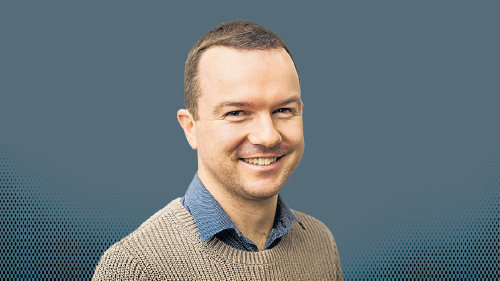
There is an incorrect stereotype in fairytales about some of the most loving family members.
Subscribe now for unlimited access.
or signup to continue reading
Stepparents tend to get the antagonist treatment in the fictional world, but fortunately Carla Hogg is determined to arrest this falsehood.
A step parent herself, Mrs Hogg said there was a dearth of awareness and help for families adjusting to the different dynamic of stepfamilies, compared to the nuclear family model.
“Stepfamilies are often misunderstood, particularly the role of step parents which continues to be attached to negative stereotypes,” she said.
Mrs Hogg is getting behind Stepfamily Awareness Day, which is being held on Saturday, July 25.
Centacare, a non-profit organisation providing services to the community, including counselling and mentoring, offers support for stepfamilies, which are becoming more common.
“There is a great disconnect between the reality of stepfamilies and how they are portrayed in society, due to a lack of education and awareness of the needs of this family form,” Mrs Hogg said.
“Moreover, services generally are not equipped to support this growing family form in Australia.”
Fast facts
- Blended and stepfamilies make up one of the largest demographic trends in Australia due to the rise of divorce.
- Many stepfamilies and blended families do not remarry but cohabitate, which is on the rise.
Complexity of step families
- A network of family relationships including biologically related extended family relationships and step extended family relationships and a parent living outside the family with no links with other members of the step family.
- The new couple’s potentially different perspectives on rearing children.
- Grief and loss through death or the break-up of the previous marriage or relationship.
- All members of the stepfamily, including the non-residential biological parent, must cope with the major family transition and make significant adjustments.
- There are multiple parent figures in a stepfamily i.e both biological parents and stepparent(s).














